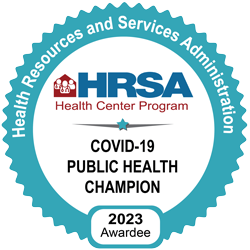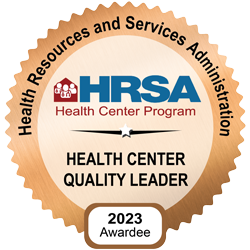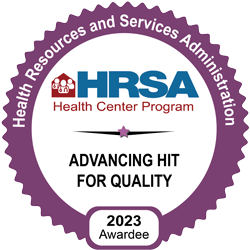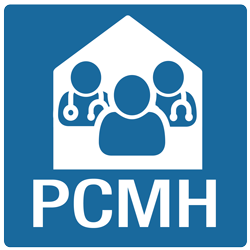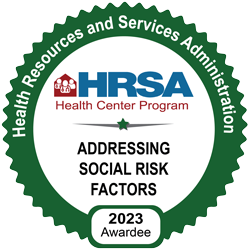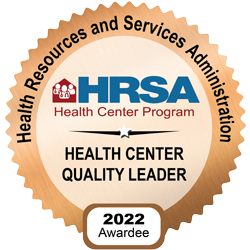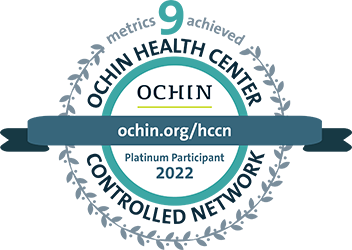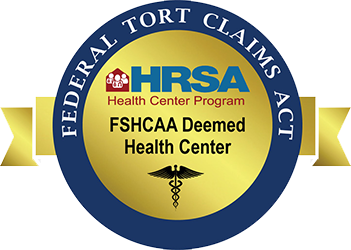CLEVELAND, Ohio — Thanks to a late-summer uptick and new variants, COVID-19 is once again on everyone’s minds.
COVID-19 cases and hospitalizations have increased nationally and locally since late summer, due largely to a new variant of the coronavirus. High-profile people, including Gov. Mike DeWine, U.S. Rep. Marcy Kaptur, first lady Jill Biden, late-night host Jimmy Kimmel and daytime talk show host Sherri Shepherd, have tested positive for COVID-19 within the last few weeks.
Facebook feeds are buzzing with posts about who in our social circles is down with COVID-19, and warnings that someone in the crowd at a past event has tested positive.
In mid-September, the U.S. Food and Drug Administration approved an updated COVID-19 vaccine formulated to better target the predominant variants currently circulating. The news sent people scrambling to find vaccine appointments, making them scarce at some Northern Ohio pharmacies.
However, this isn’t a full-on COVID-19 outbreak or surge, some health experts said. In fact, the upward trend may already be reversing, though more time is needed to establish whether the trend in fact has reversed.
Cases of COVID-19 “appear to have peaked in early September, and now we are seeing slightly fewer positives,” said Dr. Steven Gordon, chair of Infectious Disease at Cleveland Clinic.
Hospitalizations also have been rising steadily, but are significantly below the levels seen at other points in the pandemic, Gordon said.
Dr. Thomas Hornick, senior medical director at Cleveland’s Oak Street Health, agreed with that assessment. Oak Street Health operates primary care clinics in underserved communities across northern Ohio.
“While hospitalizations caused by COVID-19 are still happening and new variants continue to evolve, in many instances, patients aren’t getting as sick as they were in the early days of the pandemic,” Hornick said.
Hospital trends normally lag changes in case numbers by at least a few days.
Cuyahoga County is not experiencing outbreak conditions, according to a spokesperson for the county health department. “While we are definitely seeing an increase in COVID-19 cases over the last month, levels in Cuyahoga County are still considered low by CDC guidelines,” the spokesperson said.
The latest weekly report from the state on Thursday included 8,224 new COVID-19 cases, high by summer standards after 10 straight weeks of increases, but a long way from this year’s peak of 13,895, reported on Jan. 5.
In comparison, there were 14,536 for the same September week in 2022 and 47,400 in 2021. Interestingly, the third week of September last year, like this year, marked a reversal in trends, with cases a year ago at this time dropping sharply after being above 20,000 for several weeks since mid-July.
The Ohio Department of Health reported 28 new deaths on Thursday, in comparison to 92 the same week a year ago, though death reporting lags as causes are confirmed.
“The great thing about where we are is that we have tools that work: masks, vaccines and treatment medications for those infected and at high risk for severe outcome,” said Neighborhood Family Practice chief medical officer Dr. Melanie Golembiewski.
Neighborhood Family Practice, with locations on the West Side of Cleveland and Lakewood, provides quality health care to members of the community regardless of their ability to pay.
Despite these reassurances, it’s a good idea for those at high risk for severe illness to dig out their masks and start wearing them again, Golembiewski advises.
“I have been advising people to break out those masks again heading into the respiratory season and certainly as COVID-19 cases trend upward,” Golembiewski said.
People with COVID-19 should wear a mask at least 10 days after testing positive, Oak Street Health’s Hornick said. People who are immunocompromised, have underlying conditions, or know they have been exposed to the virus should wear a mask to avoid catching COVID-19 or infecting others with it — even if they are asymptomatic.
The Cleveland Clinic, MetroHealth System and University Hospitals have not changed their mask policies for visitors.
If you’re wondering how to get a free COVID-19 test, where to go in order to get an updated shot or whether you should stock up on the antiviral drug Paxlovid, here are answers.

